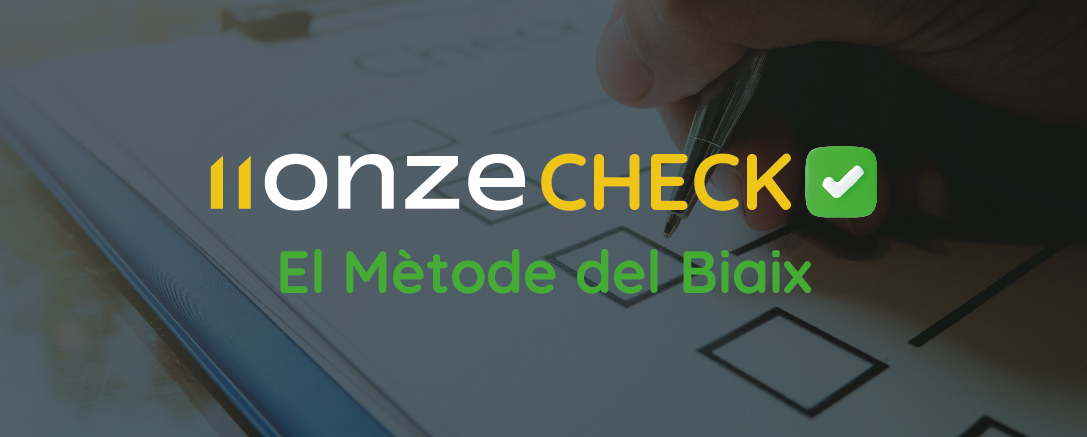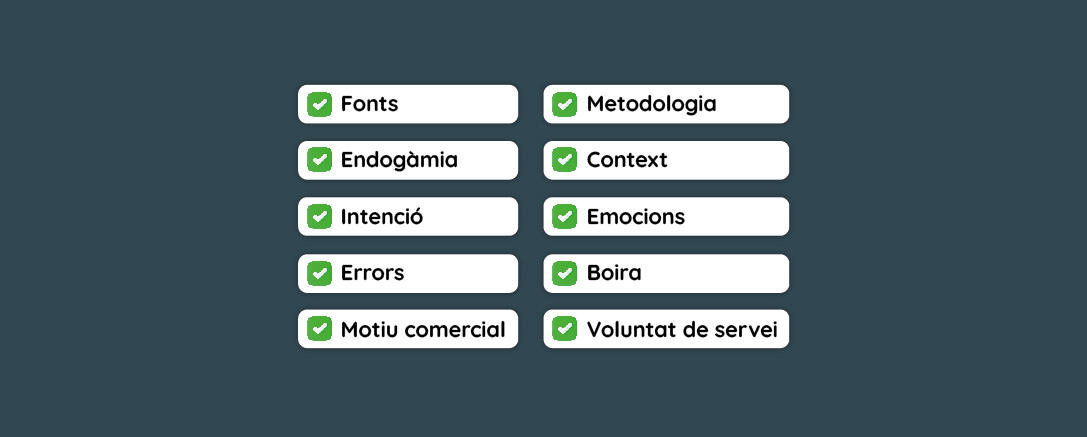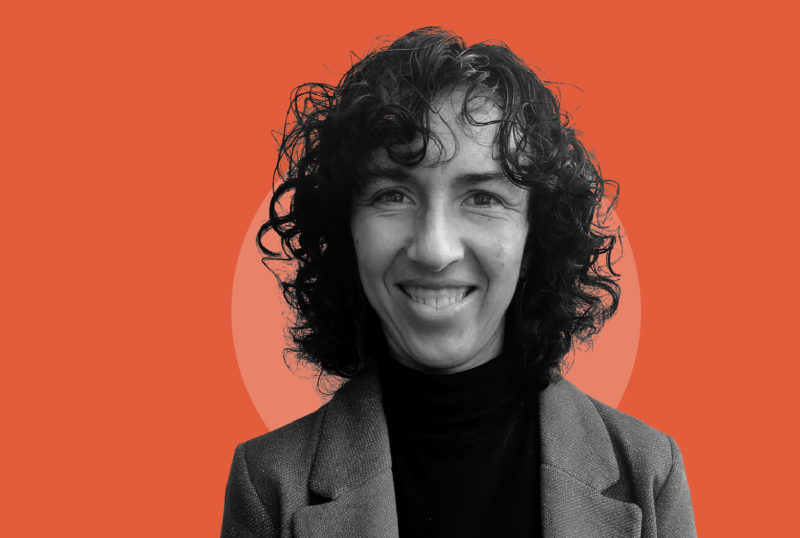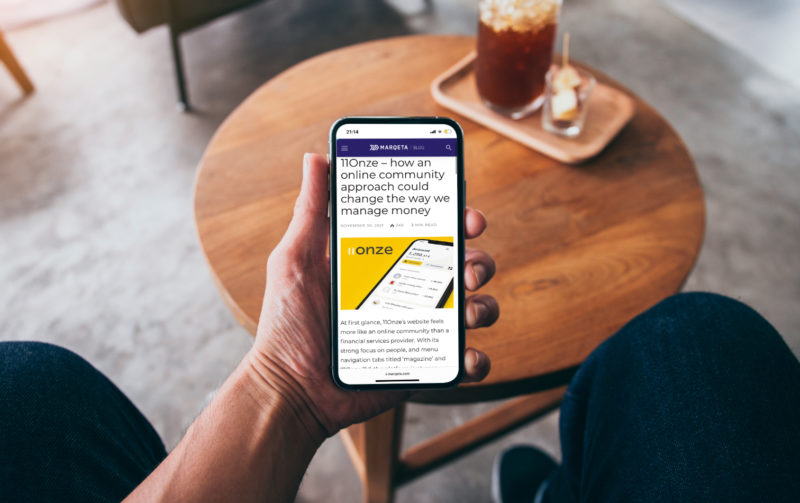

11Onze Check: against financial misinformation
One of our main functions is to provide our members with the tools they need to understand how the world of finance works. But the networks are buzzing with economic misinformation, so how do you know if a piece of information is reliable or not? We are launching 11Onze Check, a service designed to measure the percentage of bias in economic content.
Financial education and disclosure are a trend. More and more entities are committed to sharing knowledge, sharing information and helping citizens to educate themselves. This does not automatically mean that there is more transparency, it just means that there is more content on these topics. But is it reliable? This is where disinformation comes in.
What is disinformation?
It is false information or content created and disseminated with the intention of misleading and gaining political, economic, personal or some other kind of political, economic or personal gain. When people amplify this content without knowing that it is false, we are dealing with a phenomenon called misinformation. Misinformation is extremely common. Misinformation tends to omit key elements to understand what is happening, so although what is said cannot be said to be a lie, it does give a biased view of reality.
In this context of economic content boom we wanted to create 11Onze Check and we have designed the Bias Method.
The Bias Method
The 11Onze Check Bias Method aims to verify the percentage of misinformation, including bias and simplification, that may exist in economic communication or financial education content.
Therefore, it takes into account values widely shared by renowned educational platforms against misinformation such as First Draft, Learn to Check, Full Fact or verifiers included in the International Fact-checking Network of the Poynter Institute.
In this way, we aim to empower citizens to use these tools to verify and evaluate on their own any financial information that falls into their hands, whether it comes from 11Onze or any other entity.
We have established 10 points to check. The higher the percentage, the more biased we can consider this content.
- SOURCES. Does not cite sources or does not use more than one source.
- ENDOGAMY. There is no external evidence. The references are studies or data from the same or related groups.
- INTENTION. Why are they explaining this now? What is their intention? Is there any connection with current events?
- ERRORS. Are there any errors or manipulations in the collection, interpretation, visualization or explanation of the data.
- COMMERCIAL MOTIVES. It creates a need that is satisfied by purchasing a product offered by the senders of the message or their advertisers.
- METHODOLOGY. The sample or methodology of the study is not explained or is not correct.
- CONTEXT. The information is not contextualized, simplified or key elements are missing.
- EMOTIONS. The text appeals to emotions (fear, euphoria, anger…) to manipulate them.
- VAGUENESS. uses imprecise, incomprehensible or incorrect language. The information is not supported by any evidence.
- VOCATION OF SERVICE. No public interest is detected. The content could serve other interests.
If you have located a suspicious economic content and want us to verify it, you can send it to 11onzecheck@11onze.cat.
11Onze is becoming a phenomenon as the first Fintech community in Catalonia. Now, it releases the first version of El Canut, the super app of 11Onze, for Android and Apple. El Canut, the first universal account can be opened in Catalan territory.







Bon mètode del Biaix!


Moltes gràcies pel teu comentari, Jordi!!!
Gràcies, Daniela!!!
Gràcies, Joan!!!
Molt bo.
Gràcies, Joaquim!!!
Bon informació per avaluar el ens expliquen. Gràcies.
Moltes gràcies, Pere!!!
Molt bona i necessària iniciativa!
Celebrem que l’apreciïs, Josep!
Molt bona eina, gràcies, 11Onze
Esperem que et pugui fer servei, Guillem, i moltes gràcies pel teu comentari!!!
Ok
Uns criteris ben resumits que cal tenir en compte al llegir una notícia. Gràcies
Gràcies pel teu comentari Francesc!
Pel WhatsApp veig molts textes reenviats de noticies, però no cita la font. No els hi faig cas.
Moltes gràcies pel teu comentari, Jordi!!!
Quin metode tan bo,em pregunto sinó es pot aplicar tb a la desinformacio periodistica
Bon dia Alícia. Sí, tot i que està pensat específicament per informació econòmica, també es pot aplicar per la desinformació periodística. Ens seguim veient a La Plaça!
Bon dia, Alícia! Molt bona reflexió sobre el periodisme, que tinguis molt bon dijous
Promet ser interssant i addictiu! Gràcies.!!
Gràcies, Mercè pel teu comentari. Seguim endavant
Molt bé aquest check… eines que ens poden ajudar a saber i analitzar més
Molt necessàries arran d’aquesta desinformació. Gràcies Laura!